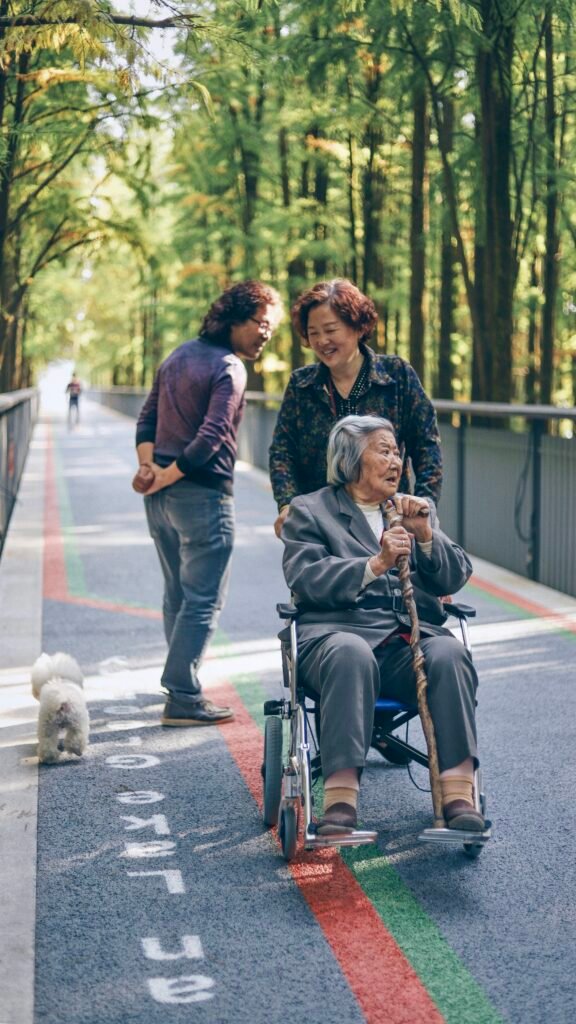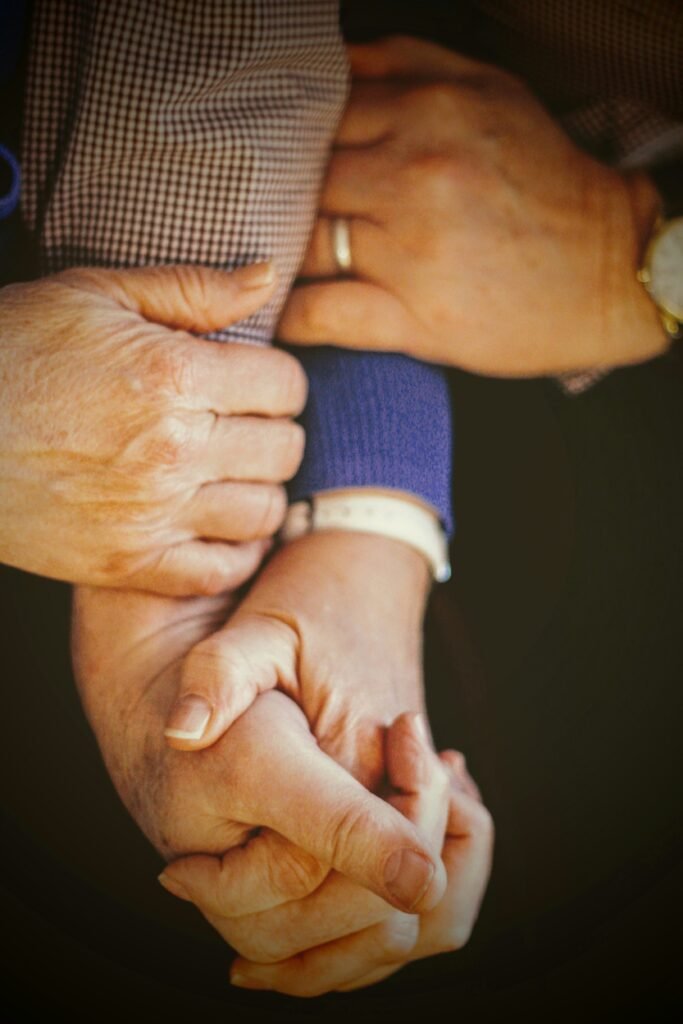What Fitness Looks Like In Your 20s Vs 50s
Have you ever wondered how fitness routines and goals change as you age? In your 20s, you may have had endless energy and a more carefree approach to staying fit. However, as you enter your 50s, priorities and physical capabilities shift, bringing about different challenges and opportunities in your fitness journey. Let’s explore how fitness looks like in your 20s versus your 50s and how you can make the most of each stage of life.
Fitness Goals in Your 20s
In your 20s, fitness goals often revolve around aesthetics, performance, and personal achievements. You may be focused on building muscle, losing weight, or training for a specific sport or event. The motivation to look and feel good may be a strong driving force in your workouts.
Fitness Goals in Your 50s
As you reach your 50s, fitness goals tend to shift towards health, longevity, and overall well-being. Maintaining muscle mass, improving flexibility, and preventing age-related conditions become more important. The emphasis is more on staying active to enjoy a better quality of life rather than just physical appearance.
How Your Metabolism Changes
In your 20s, your metabolism is typically faster due to higher muscle mass and activity levels. This means you can eat more without gaining weight and recover quicker from intense workouts. However, as you age, metabolism slows down, and muscle mass decreases, making it easier to gain weight and harder to lose it.
Adjusting Your Diet
In your 20s, you may have been able to get away with eating more processed foods, sugary snacks, and fast food without seeing a significant impact on your weight or health. However, in your 50s, a healthier diet becomes crucial for maintaining energy levels, managing weight, and preventing chronic diseases.

Changes in Physical Abilities
In your 20s, you may have pushed your body to its limits, engaging in high-intensity workouts, challenging sports, and intense physical activities. Your endurance, strength, and flexibility were likely at their peak, allowing you to recover quickly and bounce back from injuries faster.
Changes in Recovery Time
In your 50s, your body may take longer to recover from intense workouts and physical activities. Your muscles, joints, and ligaments may not be as resilient as they once were, requiring more rest, proper nutrition, and recovery strategies. Being mindful of overtraining and listening to your body become essential.
Importance of Mobility and Flexibility
While mobility and flexibility were often taken for granted in your 20s, they become key components of fitness in your 50s. Engaging in activities that improve range of motion, reduce stiffness, and prevent injuries, such as yoga, Pilates, and stretching exercises, can help maintain joint health and functionality.
Focus on Balance and Stability
With age comes a decline in balance and stability, increasing the risk of falls and injuries. Incorporating exercises that challenge balance, proprioception, and core strength, such as balance boards, stability balls, and single-leg movements, can help improve your stability and reduce the risk of falls.

Importance of Strength Training
Strength training is beneficial at any age, but its importance becomes more significant as you get older. In your 20s, you may have focused on lifting heavy weights and increasing muscle mass. In your 50s, strength training helps preserve muscle mass, bone density, and metabolic rate, reducing the risk of osteoporosis and age-related muscle loss.
Cardiovascular Exercise for Heart Health
Cardiovascular exercise is essential for heart health and overall fitness, regardless of age. In your 20s, you may have enjoyed high-intensity cardio workouts, such as running, cycling, or HIIT training. In your 50s, prioritizing low-impact cardio activities, such as walking, swimming, or cycling, can help maintain cardiovascular health without putting too much stress on your joints.
Listening to Your Body
In your 20s, pushing your limits and ignoring signs of fatigue or pain may have been common. However, in your 50s, listening to your body and adjusting your workouts accordingly is crucial to prevent injuries and overtraining. Paying attention to how your body responds to different exercises and modifying your routine as needed can help you stay active and injury-free.

Mental Approach to Fitness
In your 20s, fitness may have been more about achieving external goals, such as a certain body weight, muscle definition, or performance milestone. However, in your 50s, the mental approach to fitness shifts towards a more holistic and mindful perspective. Enjoying the process, focusing on how exercise makes you feel, and valuing the mental health benefits of physical activity become priorities.
Mind-Body Connection
Practicing mindfulness, meditation, or yoga can help cultivate a stronger mind-body connection, reduce stress, and improve mental well-being. In your 50s, incorporating activities that nourish both your body and mind becomes essential for overall health and longevity.
Staying Motivated
Staying motivated to exercise can be challenging at any age, but finding what inspires and drives you becomes even more important as you get older. In your 20s, external factors, such as social media trends, peer pressure, or competition, may have motivated you to work out. In your 50s, internal factors, such as intrinsic motivation, personal satisfaction, and long-term health benefits, can help you stay consistent and committed to your fitness routine.
Creating a Balanced Fitness Routine
Regardless of your age, creating a balanced fitness routine that combines strength training, cardiovascular exercise, flexibility work, and rest is essential for overall health and fitness. In your 20s, you may have focused more on intense workouts and performance goals. In your 50s, balancing different types of exercise, incorporating rest days, and listening to your body become key components of a sustainable fitness routine.
Sample Fitness Routine Comparison:
| Age | 20s | 50s |
|---|---|---|
| Monday | Weightlifting: chest and triceps | Strength training: full-body workout |
| Tuesday | High-intensity interval training (HIIT) | Low-impact cardio: cycling or swimming |
| Wednesday | Rest day | Yoga or stretching routine |
| Thursday | Running or sprints | Strength training: lower body workout |
| Friday | Cross-training: cycling and rowing | Pilates or core workout |
| Saturday | Active recovery: hiking or group sports | Walking or gentle yoga |
| Sunday | Rest day | Rest day |
Conclusion
As you can see, fitness looks different in your 20s compared to your 50s, reflecting changes in physical abilities, lifestyle priorities, and fitness goals. Regardless of your age, staying active, listening to your body, and finding a balanced approach to exercise are key to maintaining health, longevity, and well-being. Embracing the changes that come with each stage of life and adapting your fitness routine accordingly can help you enjoy a sustainable and fulfilling fitness journey at any age. Remember, it’s never too late to start or continue your fitness journey, so lace up your sneakers, grab your water bottle, and take the first step towards a healthier, fitter you!